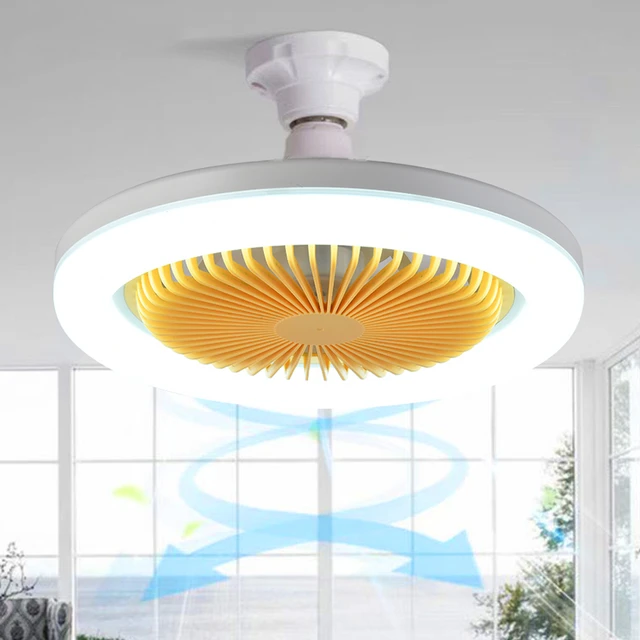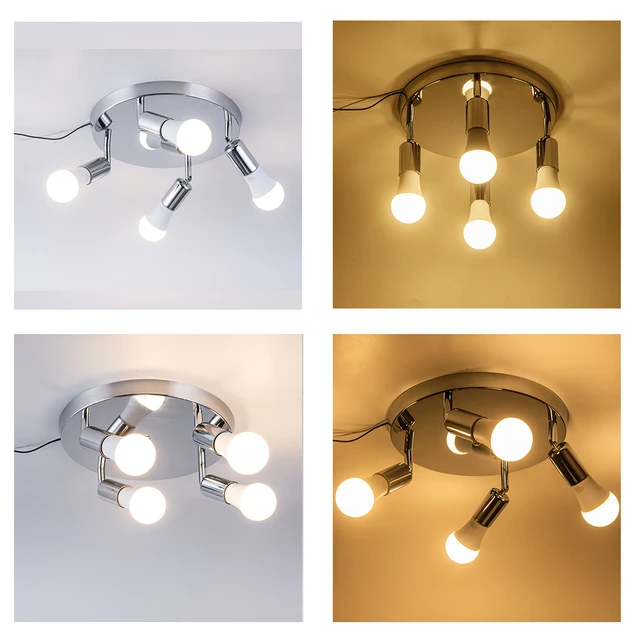 Introduction:
Introduction:
How to replace led ceiling light bulb?
LED ceiling light bulbs are energy-efficient and long-lasting, making them a popular choice for lighting fixtures. When it comes time to replace an LED ceiling light bulb, it’s important to do so safely and effectively. In this comprehensive guide, we will provide a simple step-by-step approach to replacing an LED ceiling light bulb. From preparing the area to selecting the right replacement bulb and installing it correctly, this guide will help you navigate the process with ease.
Introduction to Replacing an LED Ceiling Light Bulb
Replacing an LED ceiling light bulb is a routine task that ensures optimal lighting and efficiency.
A. Importance of Replacement: LED bulbs can dim over time or fail to illuminate, necessitating replacement to maintain a well-lit space.
B. Safety Considerations: Ensure the power is turned off before handling the light bulb to prevent electrical shock.
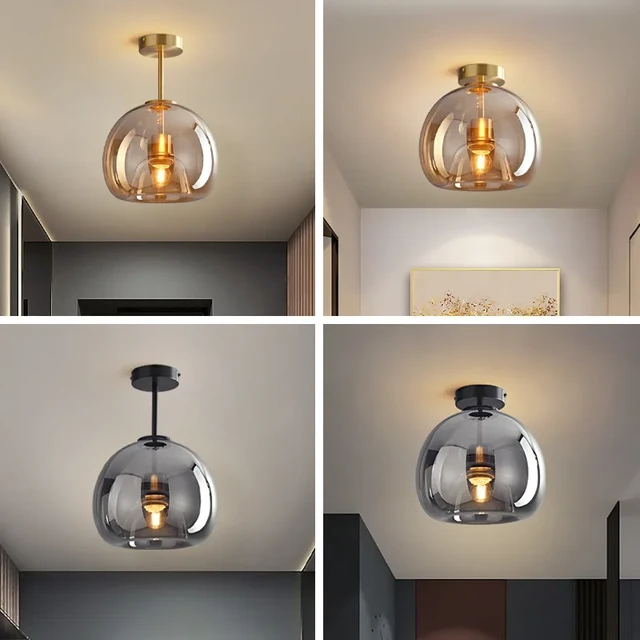 Some common types of LED ceiling light bulbs:
Some common types of LED ceiling light bulbs:
LED ceiling light bulbs come in various types, each designed to serve different purposes and meet specific lighting requirements. Here are some common types of LED ceiling light bulbs:
A19 Bulbs:
These are the most common and widely used LED bulbs that fit into standard screw-in sockets. A19 bulbs have a traditional light bulb shape and are typically used for general lighting purposes in living rooms, bedrooms, and other common areas.
BR Bulbs:
BR stands for “bulged reflector,” and these bulbs have a wider beam angle and a larger size compared to A19 bulbs. They are commonly used for directional or accent lighting in recessed or track lighting fixtures.
PAR Bulbs:
PAR, meaning “parabolic aluminized reflector,” bulbs are similar to BR bulbs. They are commonly used for outdoor and security lighting, as well as accent lighting in commercial and residential settings. PAR bulbs provide focused beams of light and are available in different beam angles.
MR Bulbs:
MR, or “multifaceted reflector,” bulbs are typically used for display or accent lighting, such as highlighting artwork or creating a focal point. They offer precise beam control and are commonly found in track lighting systems.
Recessed Downlights:
These are specific LED bulbs designed to be used in recessed ceiling fixtures called downlights or can lights. They come in various sizes and designs to fit different recessed light openings and offer energy-efficient lighting options for both residential and commercial applications.
Panel Lights:
LED panel lights are flat and thin, resembling a ceiling tile. They are commonly used for providing uniform and diffused lighting in offices, retail spaces, and other commercial settings. LED panel lights offer high energy efficiency and produce a soft, even lighting effect.
Chandelier Bulbs:
LED chandelier bulbs are designed specifically to fit into chandeliers or decorative light fixtures. They typically have a candelabra base and come in various shapes and color temperatures. LED chandelier bulbs offer both functional and decorative lighting solutions.
These are just a few examples of LED ceiling light bulb types. The specific type of LED bulb you choose will depend on factors such as the type of fixture, desired lighting effect, brightness level, and energy efficiency requirements for your space.
Preparing the Area
Proper preparation of the work area is essential before replacing an LED ceiling light bulb.
A. Safety Precautions: Turn off the power to the lighting fixture at the circuit breaker to avoid electric shock during the replacement process.
B. Allow Cooling Time: If the light bulb was recently used, allow it to cool down completely before attempting to remove it.
Selecting the Right Replacement Bulb
Choosing the correct replacement bulb is crucial for optimal lighting performance.
A. Bulb Compatibility: Check the wattage, bulb shape, and base type of the existing LED bulb to ensure compatibility with the replacement bulb.
B. Energy Efficiency: Consider selecting an LED bulb that offers the desired brightness level while maximizing energy efficiency.
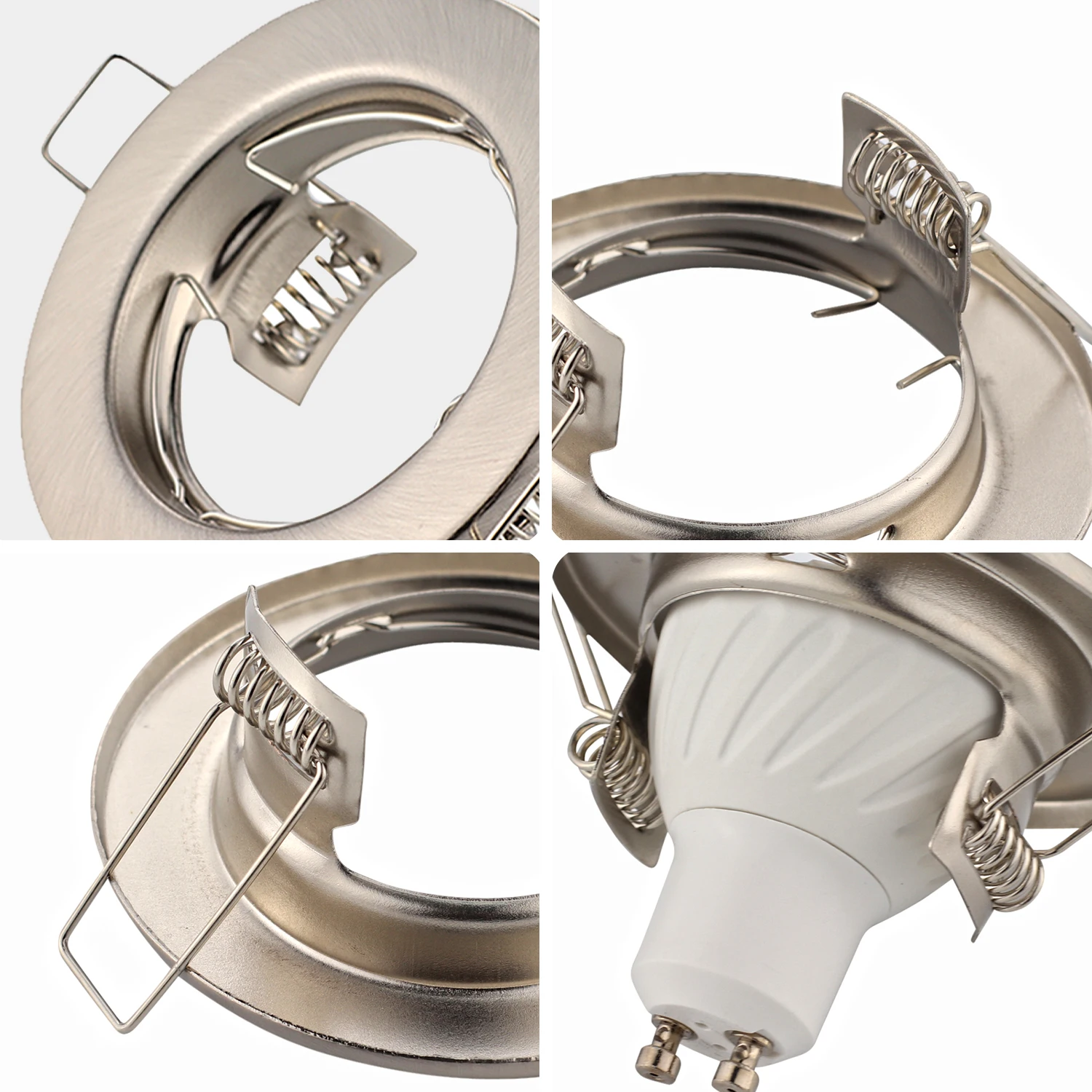 Removing the Old LED Bulb
Removing the Old LED Bulb
Safely removing the old LED ceiling light bulb is an important step in the replacement process.
A. Turn Off the Power: Ensure the power to the lighting fixture is switched off at the circuit breaker before attempting to remove the bulb.
B. Let the Bulb Cool: If the bulb was recently used, allow it to cool down before attempting to remove it.
C. Unscrew the Bulb: Gently twist the old LED bulb counterclockwise to unscrew it from the socket. Ensure a firm grip to prevent dropping or breaking the bulb.
Cleaning the Fixture and Socket
Before installing the new LED bulb, it’s beneficial to clean the fixture and socket for optimal performance.
A. Turn Off the Power: Confirm that the power to the lighting fixture is still switched off at the circuit breaker.
B. Remove Dust and Debris: Use a dry cloth or a soft brush to remove any dust or debris from the fixture and socket.
C. Check for Damage: Inspect the socket for any signs of damage or loose connections. If any issues are noted, consult a professional electrician.
Installing the New LED Bulb
Proper installation of the new LED bulb ensures optimal lighting performance and longevity.
A. Align the Pins or Base: Align the pins or base of the replacement bulb with the corresponding slots in the socket. For screw-in bulbs, align the threads correctly.
B. Securely Insert the Bulb: Gently push the new LED bulb into the socket and rotate it clockwise until it is firmly in place. Ensure a snug fit without overtightening.
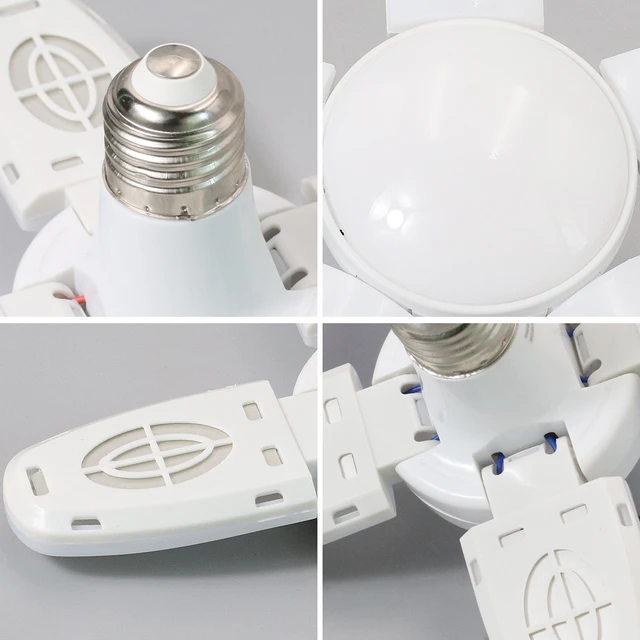 Testing the LED Bulb and Power Restoration
Testing the LED Bulb and Power Restoration
After installing the new LED bulb, it’s important to test its functionality before restoring power.
A. Turn On the Power: Switch the power back on at the circuit breaker to restore electricity to the lighting fixture.
B. Test the Bulb: Turn on the light switch or use a remote control, if applicable, to test the new LED bulb’s functionality.
LED Ceiling Light Bulb, Incandescent Bulb, and Chandelier:
LED Ceiling Light Bulb:
It have a longer lifespan, typically lasting up to 25,000 to 50,000 hours or more.
They are available in various shapes, sizes, and color temperatures to suit different lighting needs.
LED bulbs produce less heat, making them more energy-efficient and safer to use.
They often have dimmable options and offer a range of brightness levels.
Incandescent Bulb:
Incandescent bulbs produce light by passing electric current through a filament, which generates heat and produces light.
They consume more energy compared to LED bulbs and have a shorter lifespan.
Incandescent bulbs emit more heat, which can be a concern in confined spaces or during warmer months.
Traditional incandescent bulbs are being phased out in many countries due to their energy inefficiency.
Chandelier:
A chandelier is a decorative lighting fixture with multiple arms or branches, often adorned with crystals or other decorative elements.
Chandeliers can use various types of bulbs, including LED or incandescent bulbs, depending on the specific luminaire design and preferences.
The choice of bulb for a chandelier can impact the overall ambiance and appearance of the fixture.
Ultimately, the choice between LED ceiling light bulbs, incandescent bulbs, or chandeliers depends on several factors, including energy efficiency, longevity, desired lighting effect, and personal preference for architectural or decorative lighting choices. LED bulbs are overall more energy-efficient, longer-lasting, and offer versatility in terms of brightness levels and color temperatures.
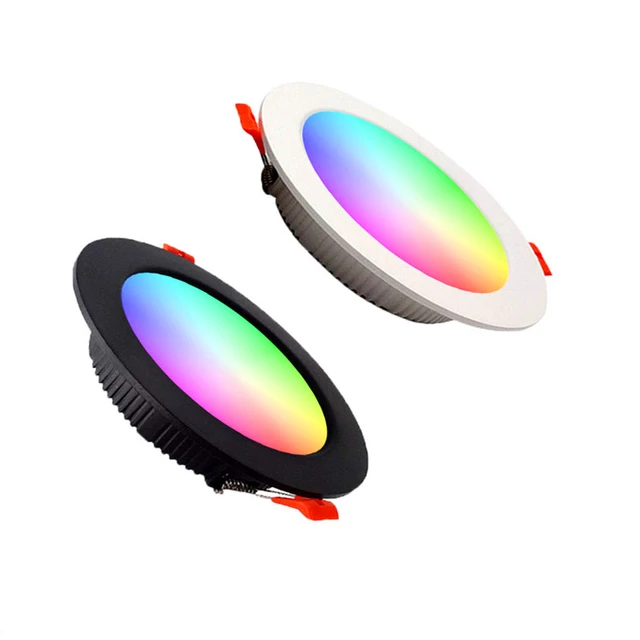 Conclusion
Conclusion
How to replace led ceiling light bulb?
Replacing an LED ceiling light bulb is a simple and straightforward process when approached with care and attention to safety. By following the step-by-step guide provided in this article, you can successfully replace an LED ceiling light bulb and ensure optimal lighting performance. Remember to prepare the area, select the right replacement bulb, safely remove and dispose of the old bulb, clean the fixture and socket, install the new bulb securely, and test its functionality before restoring power. With these steps, you can maintain a well-lit space and enjoy the energy efficiency and longevity offered by LED lighting technology.
